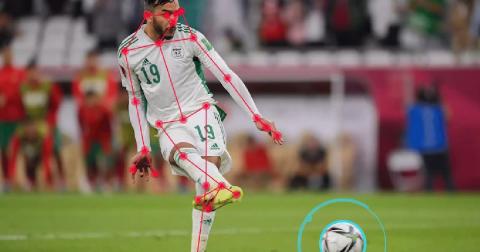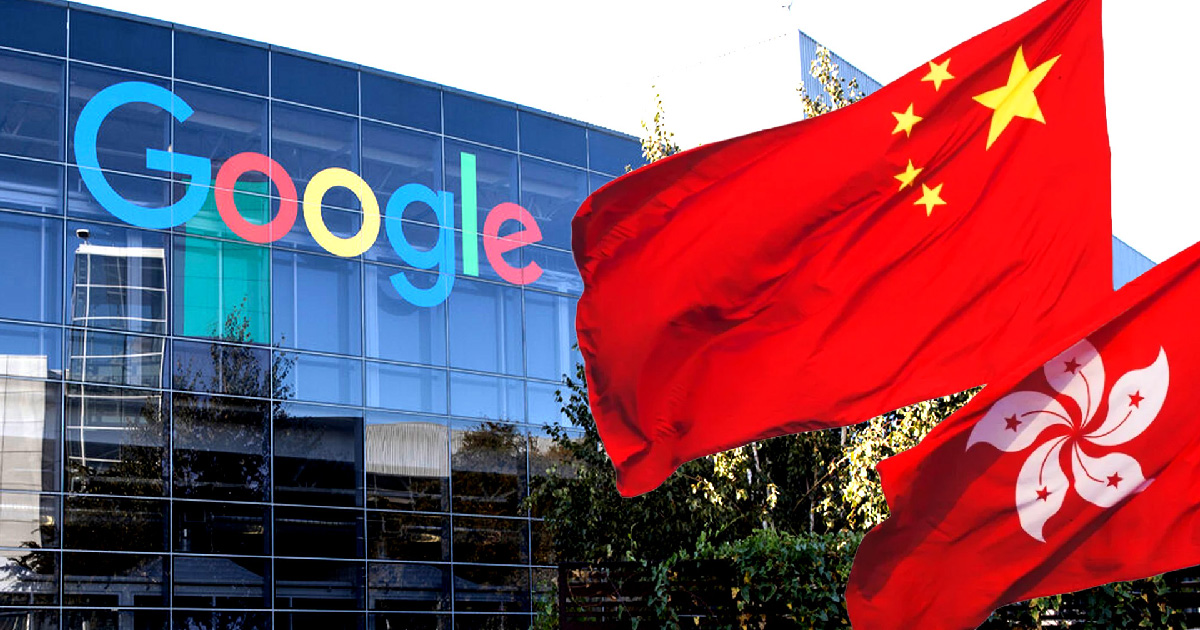
If you have watched the 2022 World Cup in Qatar, you will see VAR (video assistant referee, video assistant referee system) assisting in judging whether a player has been offside.
Although it usually only appears on the TV screen for a few seconds during each game, it is arguably one of the stars of this World Cup.
VAR has a wide range of applications. The semi-automated offside technology (Semi-automated offside technology, SAOT) used in football matches has been developed for decades, requiring complex artificial intelligence (AI) systems, a special set of cameras and A ball with sensors on it.
None of this was possible just 10 years ago.
The computer vision technology it relies on is powering a new generation of data-gathering services that are changing the way training and competition are conducted at the World Cup and other sports.
Recall the SAOT scene on TV: when a possible offside action is detected, the game stops and the view suddenly switches to a virtual scene of the game, with players wearing player jerseys and appearing on the screen like mannequins. Stand still while dribbling.
Translucent white sections across the pitch show the exact location of the offside.
If the attacker with the ball has only one inch of body (except hands and arms) beyond this line, it is considered offside (subject to the referee's decision).
"More accurate than what the naked eye can see"
Related tracking technology has developed from tracking footballs to tracking players, and in this year's World Cup, to tracking players' limbs.
Semi-automatic offside technology debuted at the 2021 Arab Cup but has been kept under wraps ahead of the 2022 World Cup in Qatar.
It works in much the same way as automatic player tracking, with 12 cameras fixed around the pitch tracking 29 points on each player's body 50 times a second.
"It's not so much the camera as much as the technology behind it," said Robert Augey, a sports scientist at Melbourne's Victoria University.
"That's how you turn the imagery into a skeletal tracking model. It's definitely a challenge, and to do it accurately."
Victoria University is FIFA's official research institute, and Professor Oshi has been testing the accuracy of SAOT and other semi-automated refereeing systems.
Cameras aren't the only component of the system, he said. Because offside is determined the moment a player passes the ball, the footballs used in World Cup matches contain a sensor with an accelerometer and gyroscope that can measure the exact moment the ball is kicked.
"If you're relying on 50 frames-per-second video, sometimes you might miss the exact onset point. It can happen between frames," he said.
Such a high level of accuracy is that players are called offside to a degree that is invisible on the pitch or on a video screen.
Former England striker Alan Shearer told the BBC after a goal in Ecuador was disallowed for offside: "If this continues, by the end of the month my blood pressure will go down." It will explode."
"I don't think anyone in the world who saw that would think it was offside."
In this regard, Professor Oshi's answer is: get used to people making mistakes.
"This is just one example of how technology can be more accurate than what the human eye can see."
"To be fair, I think FIFA is happy with [SAOT]. I wouldn't be surprised if the Premier League introduced the system next season."
Will humans be replaced?
Simon Lucey, director of the Australian Institute for Machine Learning at the University of Adelaide, said SAOT was important not just because it worked, but because FIFA Trust it to work every time.
"It's a great example of where AI has traditionally tangled up -- high-stakes scenarios."
"Billions of people around the world are watching this video and they're counting on it to be correct. If it's not correct, there will be a lot of disgruntled countries."
Dr. Patrick Lucey, chief scientist at sports and data analytics firm Stats Perform, said the next step would be "scaling," rolling out automated player tracking and data at lower-tier leagues, from junior soccer clubs to college basketball. In-depth analysis.
"Now you can measure something you couldn't measure before -- intuition."
"Sports data is really about recreating the game. The more granular the data, the better."

